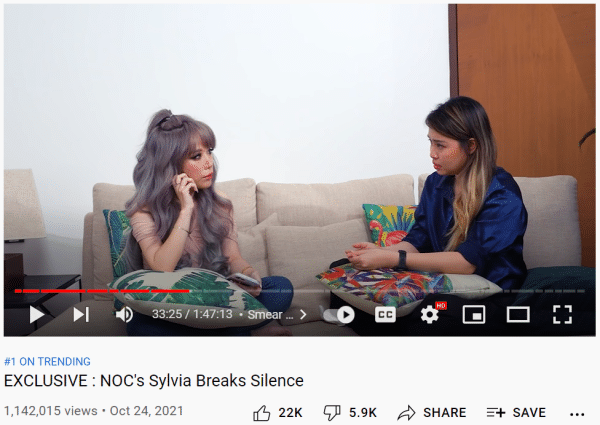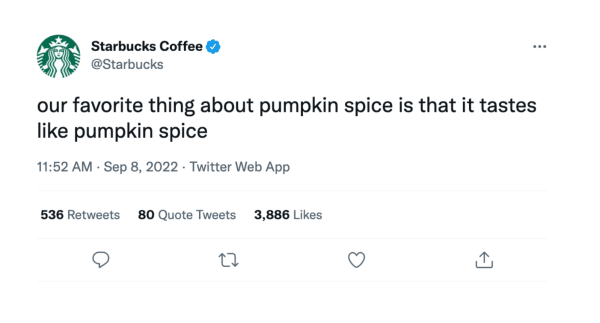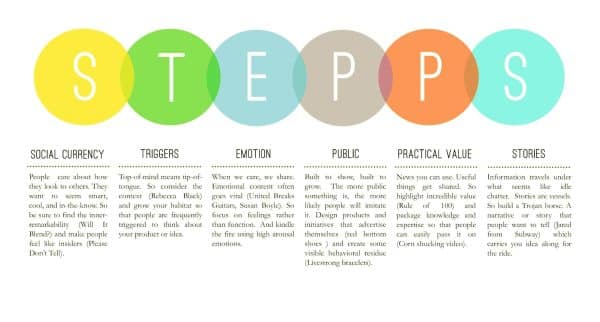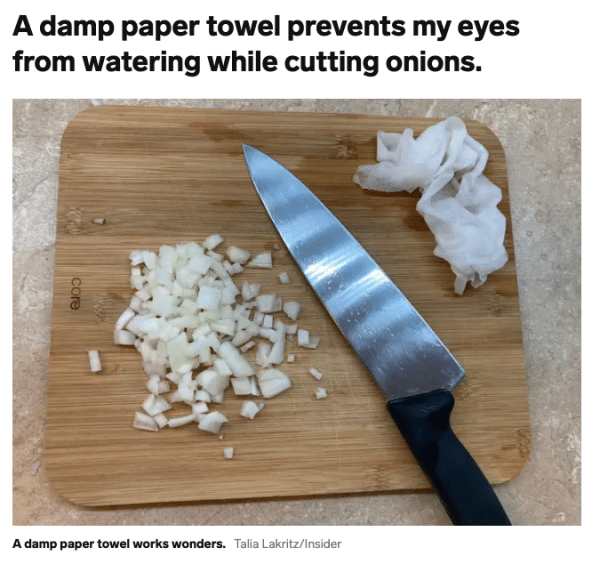How To Go Viral On Social Media
Are you a digital marketer, advertising manager, or content creator? If so, chances are you wanted your content to go viral at some point, but it didn’t. Many online business owners and social media managers desire the publicity and expansion going viral brings. In reality, going viral is a lot harder than you may think.
Although there are no hard and fast rules to going viral on social media, there are some recognisable, typical characteristics of viral content. When adopted, content that adheres to these characteristics can significantly increase engagement and discoverability.
It is, however, essential to remember that virality is not a replacement for social media marketing or marketing strategy. Virality should instead be supplementary to your overall marketing plan, as its effects are often temporary.
By the end of this article, you should have a better understanding of the definition of virality on social media and the different types of viral content. We’ll also take a closer look at how you can create viral content on social media, the mechanics behind crafting it and additional best practices that can increase the chances of virality.
Let’s start by looking into what defines virality on social media.
What Defines Virality on Social Media
Every few years, the metrics used to classify content as “viral” differ considerably from what it was a few years ago. There are currently over 4.26 billion people using social media worldwide, which is expected to rise to about 6 billion by 2027.
Getting 1 million views on a video is considered a hit, but a few years from now, that number will be much less significant as the bar keeps moving up. That is why the answer to what we consider viral content shouldn’t strictly be based on a certain number of views or likes.
We should instead regard content as “viral” when it takes off on social media and rapidly expands its audience through an unusually high number of shares, exposures and engagement. Various kinds of content — a tweet, YouTube video or an Instagram Reel — can go viral.
While it shouldn’t be a goal to go viral, virality has its perks. The rapid increase in awareness can help increase your brand’s reach and conversion almost instantly. Viral content opens up a whole new world of opportunities with customers and an audience beyond your usual reach.
Any social media expert will tell you there is no “hack” to going viral. The best strategy would be to pay attention, understand the landscape, adapt and dare to take chances.
Types of Viral Content
Let’s dive into some types of content that can and do, go viral.
1. Listicle Content
Listicles tend to go viral because it presents content in a very scannable way. This type of post shows the central points of your entire content at a glance, making your post easy to read and more likely to be shared.
Your reader can quickly get the needed information and decide whether the article is of value to them without having to go through the whole post. This makes your content more likely to be consumed by your audience.
Listicles can come in various forms, such as an article, videos or image posts, enabling you to cater to diverse audiences.
2. Controversial/Polarising Content
People are usually vested in being informed on the latest news and hottest stories, plus get an insight into others’ perspectives. Feeding your readers’ curiosity is one way to gain popularity quickly.
Creating content that strongly supports one end of a current social, political or controversial issue has a solid potential to grab audience interest. With that said, you should always exercise caution, as this could backfire and unintentionally cause a major dispute.
For brands, ensure the topic is relevant to your niche and that you have a strong following before giving your opinion on a sensitive or controversial issue. Offer your perspective and give justifications, but remember to always be mindful of the way it can come across.
An example of this content is Xiaxue interviewing Sylvia Chan on the NOC Saga:

Image source: Xiaxue’s interview on Sylvia Saga
3. Trending Content
A piece of content is more likely to go viral if it follows recent and popular trends. The probability of others joining the “movement” and sharing your post is higher when you create your content around what many people are currently interested in.
For example, the TV series Squid Game that aired on Netflix was an internet sensation for weeks. Tapping into that buzz as a digital marketer or content creator would have given your content immense publicity.

Image Source: Yeolo’s instagram
4. Humorous Content
Entertaining content like memes and videos can be both humorous and educational. People love to laugh, and funny content evokes happy feelings.
This means a higher chance it will get more likes and shares across multiple online platforms, increasing its chances of going viral. It also shows people that your brand doesn’t take itself too seriously, which comes across as likeable and authentic.
An example of this content is Starbucks jumped on the Harry Styles trend when he gave an interview and said, “My favourite thing about the movie is, like, it feels like a movie.”

Image source: Starbucks’ Twitter
5. Emotional Content
Research has shown that viral content typically must strike an emotional chord with the audience. While the survey indicates that the most common emotion associated with a viral image is positive, negative emotions like hate and resentment can still generate virality with the right combinations.
Some examples of positive viral content are acts of kindness, charity events, and momentous occasions.
How to Create Viral Content on Social Media
Now that you thoroughly understand the types of viral content, the next step is to produce them. In order to achieve that, you need a structure.
The Six STEPPS of contagious material, devised by Professor Jonah Berger, serves as a helpful framework to consider when creating viral content.

Image Credit: Hausman LLC
The six STEPPS are as follows:
1. Social Currency
We all love being that friend who’s thoughtful and intelligent. As a result, we enjoy sharing information that benefits others or, selfishly, makes us look great.
This is why discounts on airline tickets or hotel bookings are so often shared, especially by word of mouth. The same goes for health warnings on environmental hazards. When you make your audience feel special, they will spread the word for you.
2. Triggers
A trigger is a word, phrase, or image associated with a message. It is considered a trigger if something reminds your audience of your product or brand. For example, you can’t see an Apple logo without first thinking about the Apple brand.
Triggers help to get people talking about you even when you’re not trying, which enables you to start word of mouth more easily. Triggers include festive occasions, cultural norms, important festivals, and customs.
For example, Singles’ Day, which falls on 11.11, was originally a celebration for single people in China but has now become heavily associated with an online sales event. Brands such as Shopee and Lazada increased their advertising spend and created that association to the point that in Singapore, more often than not, 11.11 will trigger people to remember the Shopee or Lazada sale.
3. Emotions
It is a natural habit to share the things that pique our interests the most. Beyond anger, which is a good trigger, let’s explore some listed below:
- Awe: Most videos that inspire sharing are typically those that are magnificent and motivating.
- Anxiety: When we panic or experience unease, we are more likely to share content.
- Amusement: Using humour to create viral content is a common practice.
- Excitement: We discuss things that make us feel thrilled and enthused.
Emotional content helps your audience feel connected to you and motivated to spread your message.
4. Public
Alternatively, this can also refer to social proof or mirroring. It is essentially the herd effect, a term coined when we are more likely to do what we observe others doing. It is easier to influence others to share the newest and hottest trending piece of news on social media when everyone else is doing the same.
We are also more likely to stick to what we believe to be reliable, trustworthy and well-liked by most people.
5. Practical Value
Most people are innately compassionate and genuinely love to help others out. Creating valuable content and life hacks that can help others to save time, money, or energy would make your brand or business quite popular.
We can see this in the viral ‘daily hacks’ trend that people share. It adds value to your audience and increases trust in you.

6. Stories
Great stories have the power to move us all. These tales can be told in text, pictures, or videos. Make sure that your stories have a central message and relate to what your brand does rather than just a stirring saga. A well-crafted tale should communicate your company’s values, products, and services effectively.
The Mechanics Behind Crafting Viral Content
Besides using a content strategy like STEPPS above, think of ways to change your social media content to increase its potential for virality.
You can do this through 6 mechanics:
1. Using a Creative Hook
Think out of the box and find creative ways to tell your brand story. This can be in your copy or as an introduction to your video. This will definitely grab your audience’s attention.
2. Using Comedy
Most content that becomes viral relies on humorous components, such as subtle digs at competitors, humour at oneself, a sense of self-aware irony, or just plain old jokes. As they say, laughter is the best medicine, so don’t take your brand so seriously, and people might find your brand more approachable.
3. Being Genuine
Being genuine will make your content more relatable to the right audience, and you’ll gain views if your social media content is relatable to readers. Honesty makes your content relatable, whereas regurgitated content rarely performs well.
4. Telling a Story
Storytelling is essential for retaining your audience’s interest. In your storytelling, make an effort to evoke people’s emotions. The best stories hold their audience in suspense with a dramatic spell. They also inspire people to act.

NTUC Income’s “Worst Parents in the World” Video
5. Making your Content Shareable
Content that strikes a chord with its readers will be widely shared. Even better, make sharing almost unavoidable by:
- including a compelling CTA in the conclusion of your writing.
- including an interactive component (e.g., if your post has an original meme, you could ask viewers to recreate theirs to encourage active engagement)
- using influencers and your own network to spread your post.
6. Making your Content Worth the Stare
Visuals are crucial for grabbing people’s attention when communicating. Making your content simple, attractive, and straight to the point is best for hooking and holding users’ attention.
Best Practices for Virality
Aside from these mechanics, some simple best practices can help increase your chances of virality.
1. Always find the right crowd
Be sure of your audience before you post something. Different platforms have different types of content that work. You need to switch your tone depending on the channel that you’re using.
2. Right place and right time
As per the previous point, different platforms have a diverse “crowd”. Be sure that you are selecting the right channel for your content and time your postings strategically to ensure maximum reach and momentum for your post.
3. Get influencers to influence
Use the right influencer to help increase your brand’s reach and boost awareness. Ensure that the influencer you engage is a person that aligns with the values and mission of your brand.
4. Be daring (enough)
Be bold enough to create something that isn’t entirely ‘brand safe’ but is memorable enough to get people excited about it. While being controversial will help with going viral, be aware of the possibility of negative publicity.
Conclusion
There is no ultimate certainty or assurance that your content will go viral, but using these tips and techniques will give you a far greater chance of creating viral content and getting your brand a wider reach. Refine your skills on these practices, and you are well on your way to creating your first viral content!
If you want to learn more about social media and content creation, consider signing up for our Social Media Marketing Course. This 2-day course will go through everything to do with social media — from the different platforms to optimising your content.
We also offer a Advanced Certificate in Digital Marketing Programme, which covers the following five modules:
- Digital Marketing Essentials
- Search Engine Optimisation
- Digital Advertising
- Social Media Marketing
- Digital Marketing Analytics with Google Analytics
Learners who complete these modules will be awarded a Advanced Certificate in Digital Marketing. The courses are all WSQ accredited and are available for up to 90% subsidy.